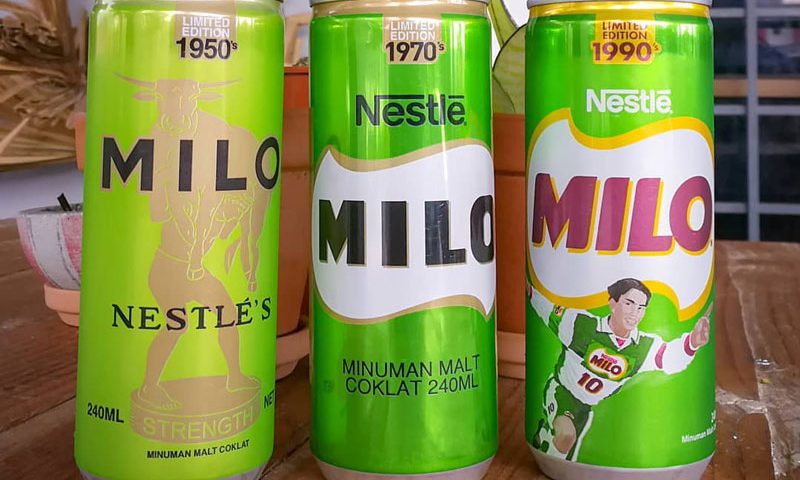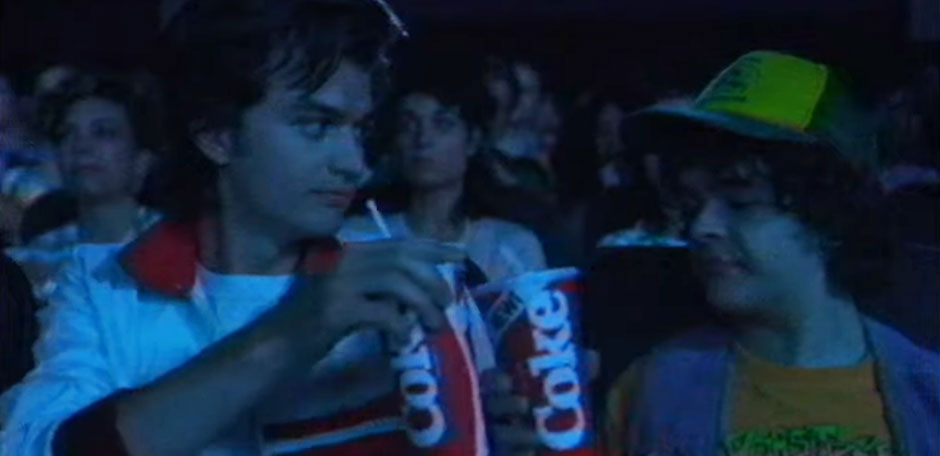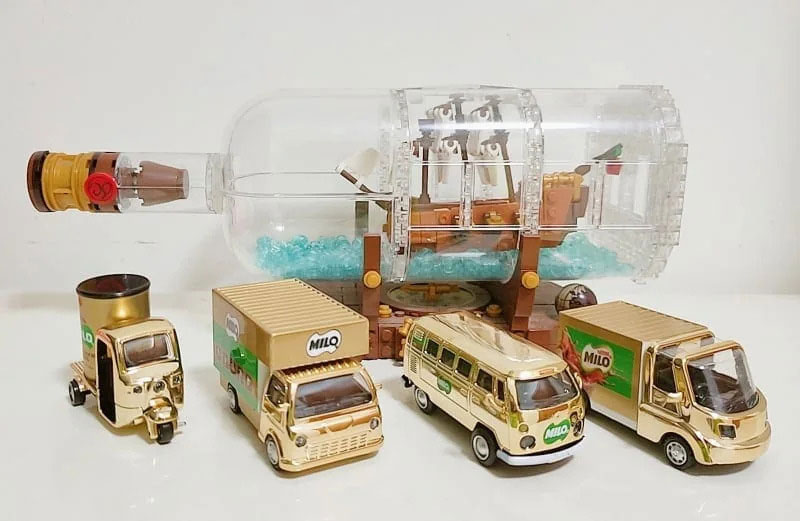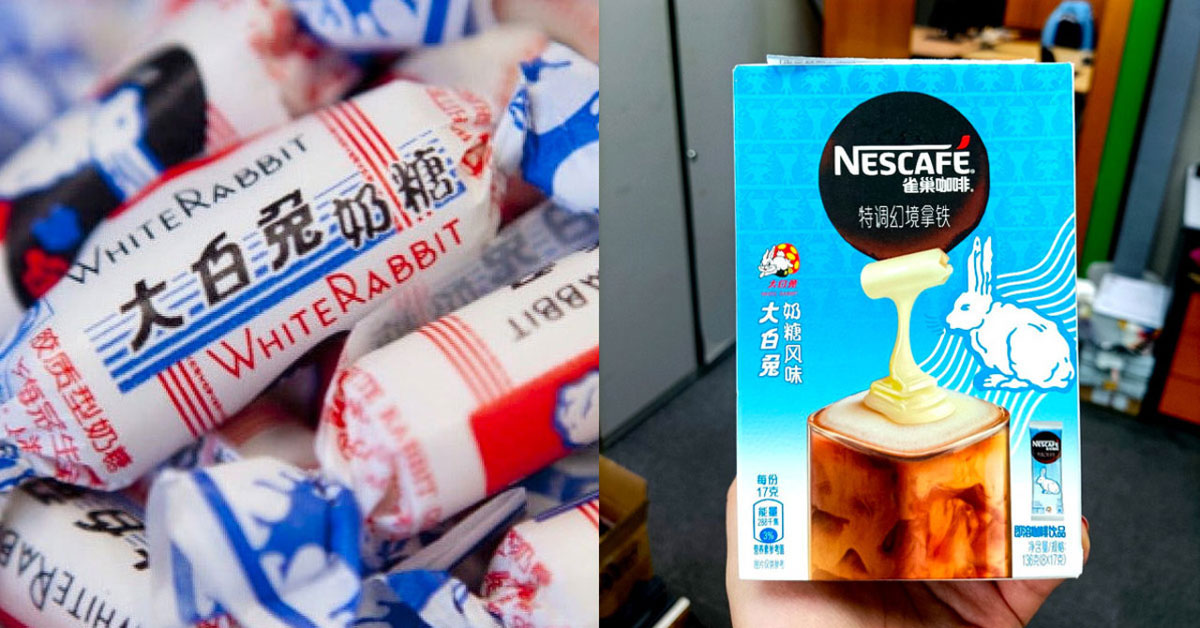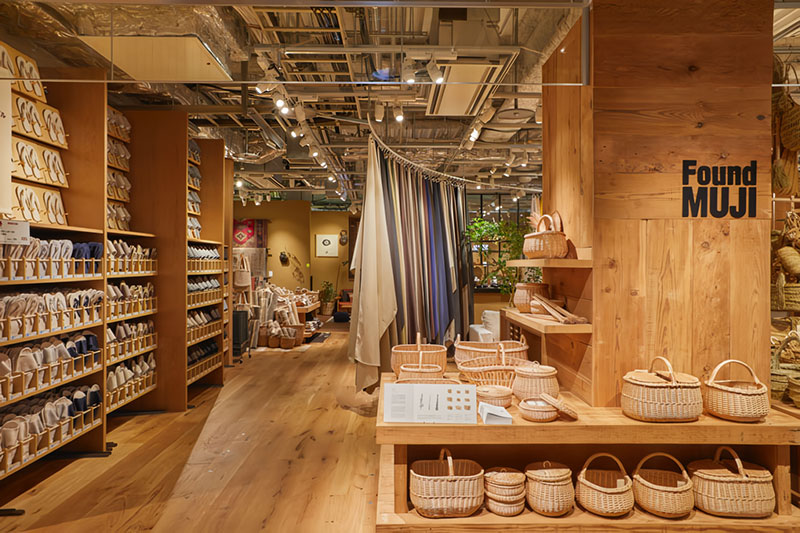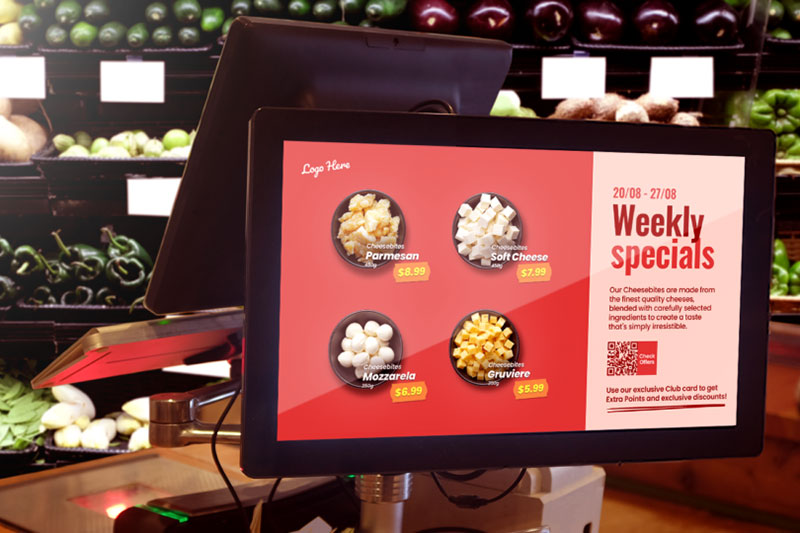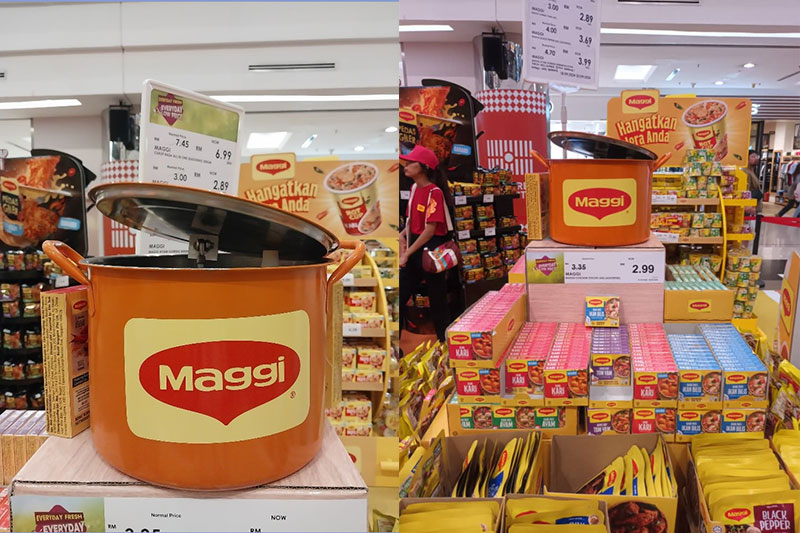People tend to have feel-good associations with the past. In a study by Marketing Week, almost half (47%) of respondents look back on days of old. More than half (55%) said they would want to return to the past if they could travel through time.
It’s not merely about evoking strong feelings of childhood comforts — 90s for Millennials and Y2K for Gen Z — but also about representing the right values. Despite stark intergenerational differences, both sides overlap in their concern for social and environmental accountability.
Consumers’ emotional needs drive nostalgia marketing. As they pine for the past, they too seek faith for the future.
Fortunately, 3 big brands have managed to embrace this tension in creative ways that pave the way for smart yet simple forms of nostalgia marketing that others could learn from.
New Coke + Netflix
Source: Coca-Cola United
What is it:
Coca-Cola bombed in the early 80s. They had attempted to revive their brand with the New Coke initiative, but consumers liked their favourite cola classic. So New Coke fell to an early demise.
But now that Netflix has successfully tapped into the love of the 80s with hit TV show Stranger Things, they’ve decided to go bold and proposed to bring back the failed New Coke as a limited-edition product.
And Coca-Cola has come on board with the plan.
Source: Polygon
Why it works:
One word: openness. It’s not like brands to blow the trumpet on their failures, which makes this decision from Coke one to highlight. Millennials and Gen Z consumers were not around in the 80s to have memories of Coke in that era but from the success of Stranger Things, that doesn’t matter.
Vintage Milo
Source: Must Share News
What is it:
Milo is a chocolate-flavoured malt drink popular in Malaysia, Singapore, and other parts of Asia. Having been around for almost 90 years, its popularity extends across generations.
In a bid to rekindle the love of Milo from our Millennials, their parents and grandparents, Nestlé decided to bring back limited-edition Milo cans from the 50s, 70s and 90s. Those who purchase large Milo 3-in-1 packs can also get their hands on miniature vintage Milo van collectibles.
Source: Confirm Good
Why it works:
Many would agree that the Milo made from Milo trucks and vans taste different — some might say better than the ones made anywhere else. For Malaysians and Singaporeans alike, Milo trucks are the symbol of childhood, when life was so much simpler.
Limited-edition cans capture this simplicity. No Internet or social media gimmicks. Go any further and the magic breaks.
Nescafé + White Rabbit
Source: SAYS
What is it:
Nescafé has come up with a number of unsurprising flavours for their 3-in-1 instant coffee, from Mocha to Latte to White Coffee.
But then they decided that maybe their instant coffee should taste like White Rabbit candy. It’s a popular milk candy from Shanghai that many Malaysians have also enjoyed in their childhood.
Why it works:
Not only does Nescafé score an A for localization efforts with the Chinese market, they should also be commended for a product that balances both the coffee and the candy well, ruining the reputation of neither. At least according to customer reviews.
It’s an understated form of nostalgia marketing that doesn’t try to appeal to sentimentality but brings the old and familiar into a new territory of novelty.
The power of fresh but simple reminders
Nostalgia marketing is powerful, but marketers need to grapple with a key question: how could they tap into the past to paint a beautiful picture of the present and future?
The answer lies in values. Lack of congruence with the values of target audiences cuts the legs off nostalgia campaigns. Consumers have grown savvy and can easily tell if brands understand what makes or breaks the magic of nostalgia.
This doesn’t mean that brands have to change what they do overnight. The efforts by Coca-Cola, Milo and McDonald’s aren’t groundbreaking. All they’ve done is remind people how good things were and, by extension, how good things can be.

